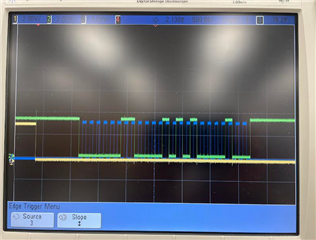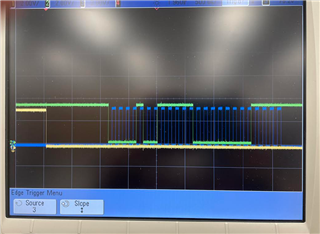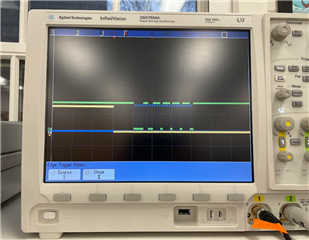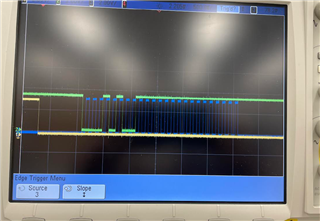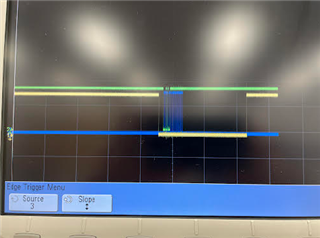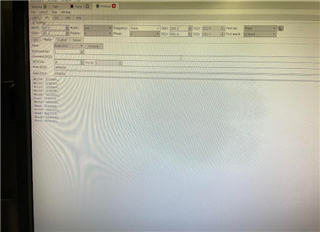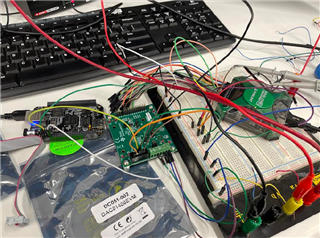Part Number: DAC81408EVM
I have a question from a customer.
Hi, so I'm having trouble getting the DAC81408EVM to output anything when it's connected to an external master device (Protocol Analyzer on Analog Discovery 2). The DAC outputs correctly when I use the USB2ANY and GUI, but when I use the external device, the STATUS register gets an "Internal Oscillator Error" (OSC-ALM 0000000000001000). I'm connecting my external device to the CLK, MOSI, CS, and 3.3V pins on the J8 connector where the USB2ANY connector is supposed to go. I connected the ground to the TP2 ground pin. I assume that this shouldn't cause any problems, but I wanted to include it to be sure. I didn't include MISO or the other GPIO pins cause I assumed they weren't necessary.
My clock frequency on my external device is set to 8kHz. On the datasheet, it says that the serial clock frequency has a maximum 50MHz. I initially assumed that implied anything below 50MHz would also work, but I could be wrong.
When I try sending 24 bit messages, the messages never send and are always zeroed out (according to the logic analyzer). What do you think I should do?


